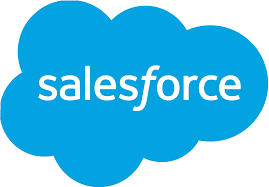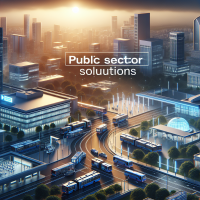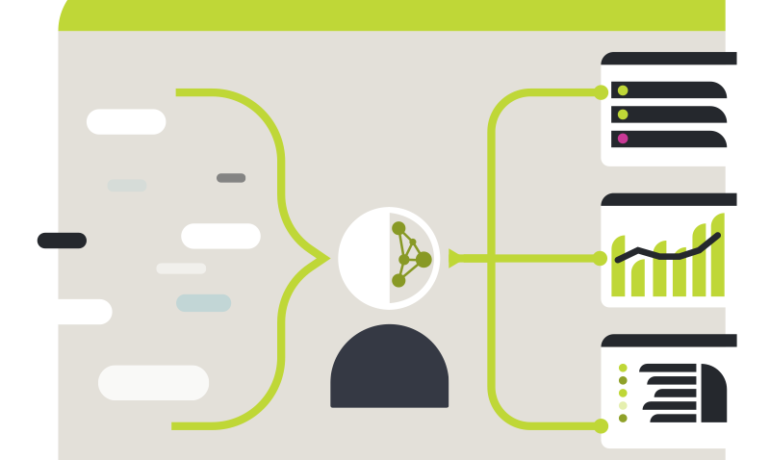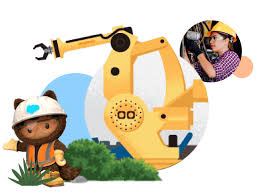Digital Marketing for Casinos
Unveiling the Casino Experience: Harnessing the Power of Digital Marketing In the exciting world of casinos—where entertainment meets sophistication—the influence of digital marketing is undeniable. A strategic approach is packed with actionable insights designed to boost online presence, engage audiences, and drive sustained success. Discover how to craft compelling content, wield social media’s dynamic power, utilize a customer relationship platform, and optimize visibility to ensure your casino stands out in an increasingly competitive digital arena. Tectonic has a successful, winning track record in Salesforce implementation for casinos. Whether you’re promoting exclusive guest events, captivating diverse demographics, or showcasing the unique experience of your casino, this insight equips you to master the digital space with Salesforce. With these strategies, casinos can create a ever-growing online presence that not only strengthens bonds with existing patrons but also entices new guests. Generating New and Repeat Guest Traffic with Salesforce Key Takeaways Why Digital Marketing is a Critical Component for Casinos Digital marketing serves as a critical driver of customer engagement, loyalty, and revenue growth in the casino industry. Strategies such as SEO, email marketing, and social media engagement empower casinos to connect with target audiences and continuously refine their efforts to remain competitive. In today’s crowded and competitive gaming world, leveraging data-driven marketing offers the competitive edge needed to captivate and retain customers. Winning Strategies for Casino Marketing 1. Search Engine Optimization (SEO):Ensure your casino is easy to find with these tactics: 2. Pay-Per-Click Advertising (PPC):Drive traffic with targeted PPC campaigns by: 3. Social Media Marketing:Create buzz with engaging social media campaigns: 4. Email Marketing:Maintain direct communication with: 5. Salesforce 360 Degree Guest View:Maintain personalized communication with: Reaching the Right Audience with Precision Audience Segmentation:Segmenting your audience by behavior, demographics, and preferences ensures more effective marketing. Navigating Legal and Ethical Challenges in Casino Marketing Compliance is essential in maintaining trust and navigating complex regulations. Measuring Success: Metrics and Optimization Key Metrics to Monitor: Campaign Optimization: Addressing Industry Challenges with Marketing 1. Rising Competition:Stand out by delivering unmatched gaming experiences and innovative promotions. 2. High Player Churn:Combat churn with data-driven marketing and personalized offerings to boost player lifetime value. 3. ROI Challenges:Optimize your mix of games and services to balance player satisfaction and profitability. The Road Ahead: Commitment to Digital Transformation With the global online gaming market projected to grow at a significant pace, casinos must embrace a future grounded in digital and data-driven marketing. Investments in technology, analytics, and talent will be pivotal in securing long-term profitability and differentiation. In an industry where chance often rules, success lies in a deliberate, strategic approach to digital marketing. This insight equips you with the tools to not only compete but thrive in this dynamic landscape. Contact Tectonic today to explore Salesforce tools to better reach, engage, and serve your guests. Like Related Posts Salesforce OEM AppExchange Expanding its reach beyond CRM, Salesforce.com has launched a new service called AppExchange OEM Edition, aimed at non-CRM service providers. Read more The Salesforce Story In Marc Benioff’s own words How did salesforce.com grow from a start up in a rented apartment into the world’s Read more Salesforce Jigsaw Salesforce.com, a prominent figure in cloud computing, has finalized a deal to acquire Jigsaw, a wiki-style business contact database, for Read more Service Cloud with AI-Driven Intelligence Salesforce Enhances Service Cloud with AI-Driven Intelligence Engine Data science and analytics are rapidly becoming standard features in enterprise applications, Read more
















